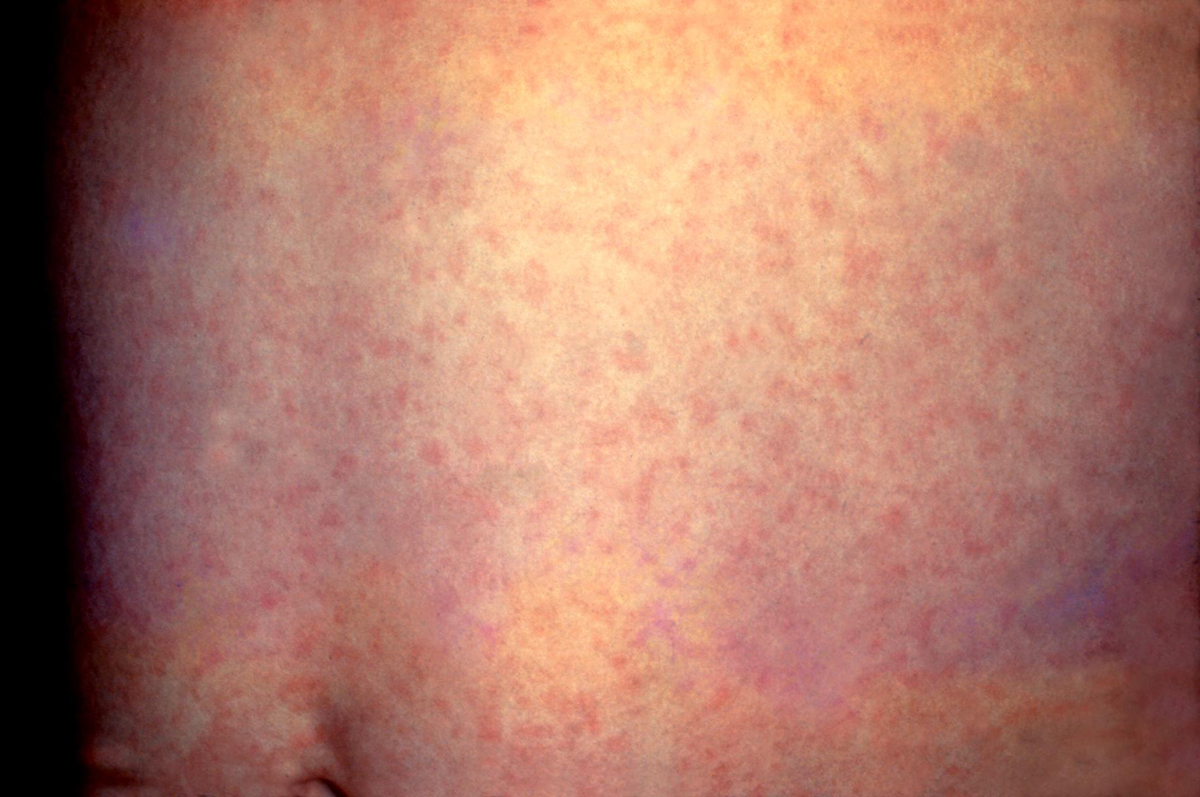
Rubella, formerly known as German measles, is a contagious viral infection caused by Rubella virus. This disease must be differentiated from Rubeola (also the viral infection) in spite of the fact that both conditions have some symptoms in common. The culprits of the diseases are different and Rubella is not as infectious as Rubeola.
MMR (measles-mumps-rubella) is a triple vaccine given to American children twice before they start going to school as a form of protection against three viruses including Rubella virus. It is extremely efficient in preventing rubella. Since the vaccine has been given regularly the Center for Disease Control and Prevention in the USA has stated that rubella has been eliminated in this country. Parents must take care that their children are vaccinated on time in order to avoid re-emerging of the disease.
The virus is transmitted from one person to another by coughing or sneezing or direct contact with the infected person's respiratory secretions. This virus can be transmitted from an infected mother onto the unborn baby. In this case virus spreads through blood. A person ill with rubella starts being contagious 10 days before the rash occurs and this state lasts one to two weeks after the rash vanishes.
Symptoms and signs of this virosis are basically mild so they are hard to be detected. If they fully develop they occur within a period of two or three weeks after the exposure to the virus. Symptoms duration is approximately 2 to 3 days and they include the following: slight fever (usually not over 102 F), headache, runny nose, redness of the eyes, enlargement of cervical lymph nodes and pain in joints. Skin is covered in pink/ red rash which starts on the face and then spreads downwards affecting lower parts, trunk and then arms and legs. In the end of the disease the rash vanishes in the same order.
The rubella infection is not so serious. After being infected one acquires permanent immunity. Usually there are no complications. In some cases women can develop arthritis in the fingers, wrists or knees. Person recovers within a month without consequences. Very rarely rubella can lead to an ear infection or encephalitis.
But pregnant women who have not had Rubella or have not been vaccinated must be aware of the possible consequence if they get infected. Almost 85% of newborns of mothers who had rubella within first 11 weeks of the pregnancy develop congenital rubella syndrome. This extremely serious condition includes some or a combination of the following symptoms: growth retardation, cataracts, deafness, mental retardation. Fetus is highly under threat during the first trimester of the pregnancy. Nevertheless the second and the third trimesters are dangerous as well.
The disease is rare in the United States due to vaccination. People who can get infected are adults born in foreign countries who have not been vaccinated or who have been vaccinated but not completely.
As for other countries this is quite common disease although most of the countries do vaccinate children regularly. Pregnant women should think twice when going to the countries where rubella is present since the encounter with the virus might leave serious complications on the unborn child.


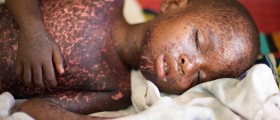


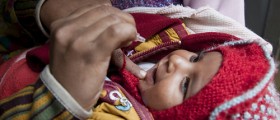

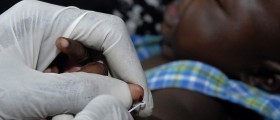

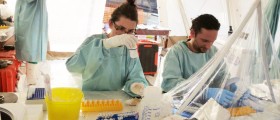






Your thoughts on this
Loading...